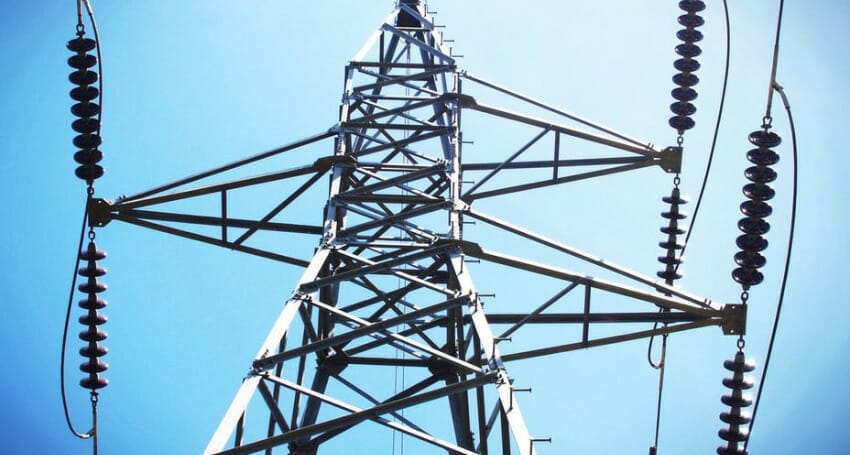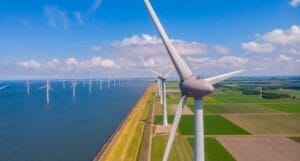Energy powers our lives, fuels our industries and drives our economies. But how is energy produced? Let’s explore the fascinating journey from the source to the socket.
The Basics of Energy Production
Energy is a fundamental concept in physics, defined as the capacity to perform work. The laws of physics state that energy cannot be created or destroyed; it can only be transformed from one form to another. This transformation process is the cornerstone of energy production. The transformation often involves the conversion of potential energy (energy that’s stored) into kinetic energy (energy in motion). A simple example would be burning wood: The chemical energy in the wood is converted into thermal energy.
A Spectrum of Energy Sources
According to the Energy Information Administration, the world employs a diverse array of sources for energy production, including fossil fuels like coal and natural gas, nuclear energy, and a growing portfolio of renewable energy sources.

Harnessing the Power of the Atom: Nuclear Energy
Nuclear energy is produced by harnessing the power of atoms. In a process called nuclear fission, the nucleus of a heavy atom, like uranium or plutonium, is split, releasing a tremendous amount of energy. This energy is then used to heat water, produce steam, and drive a turbine that generates electricity. The Department of Energy is continuously striving to improve the safety and efficiency of this process.
Tapping into Renewable Energy Sources
Renewable energy sources are a rapidly growing sector in energy production. They leverage naturally replenishing sources such as sunlight, wind, water, and geothermal heat to produce energy.
Solar Energy: Power from the Sun
Solar energy leverages the sun’s abundant energy, converting sunlight directly into electricity using photovoltaic cells. With the declining cost of solar panels, this source of clean energy is becoming more accessible and popular.
Wind Energy: Harnessing the Air
Wind energy, another importance of renewable energy source, utilizes the kinetic energy of moving air to spin turbines and generate electricity. Wind farms, both onshore and offshore, are a common sight in many parts of the world today.
The Path to Clean, Low-Carbon Energy Sources
The International Energy Agency underscores the need for a transition from fossil fuels to clean, low-carbon energy sources. This shift is crucial in mitigating the impacts of climate change and ensuring a sustainable future. Wind and solar energy, alongside other renewable sources like hydro and geothermal power, are paving the way toward this low-carbon future.

How is Electricity Produced and Delivered?
After energy production, the next step is its conversion into electricity. Electricity is essentially the flow of electrical power or charge, which can be transported over long distances and used for a wide variety of applications. Whether the energy comes from nuclear power plants or wind farms, it’s typically used to heat water and create steam. This steam spins a turbine connected to a generator, where mechanical energy is converted into electrical energy. Once electricity is produced, it enters a complex grid system, which the Department of Energy oversees. From power plants, electricity travels through transformers, high-voltage transmission lines, and distribution lines, and finally reaches our homes, businesses, and schools, powering everything from light bulbs to laptops.
Wrapping Up: The Future of World Energy
As our understanding of energy production evolves, we’re constantly discovering new ways to produce energy more efficiently and sustainably. Clean energy technologies are becoming more advanced, and the international commitment to reducing carbon emissions is stronger than ever. The energy landscape is shifting towards more decentralized, digital, and decarbonized systems. From chemical energy to nuclear and renewable energies, our ability to harness and convert these varied energy forms has shaped our past and will continue to define our future. Understanding how energy is produced and the various sources from which it comes, is a critical step towards achieving a sustainable, low-carbon future. This is a journey that involves scientists, policymakers, businesses, and most importantly, informed citizens like you, moving towards a cleaner, more efficient world energy system.




